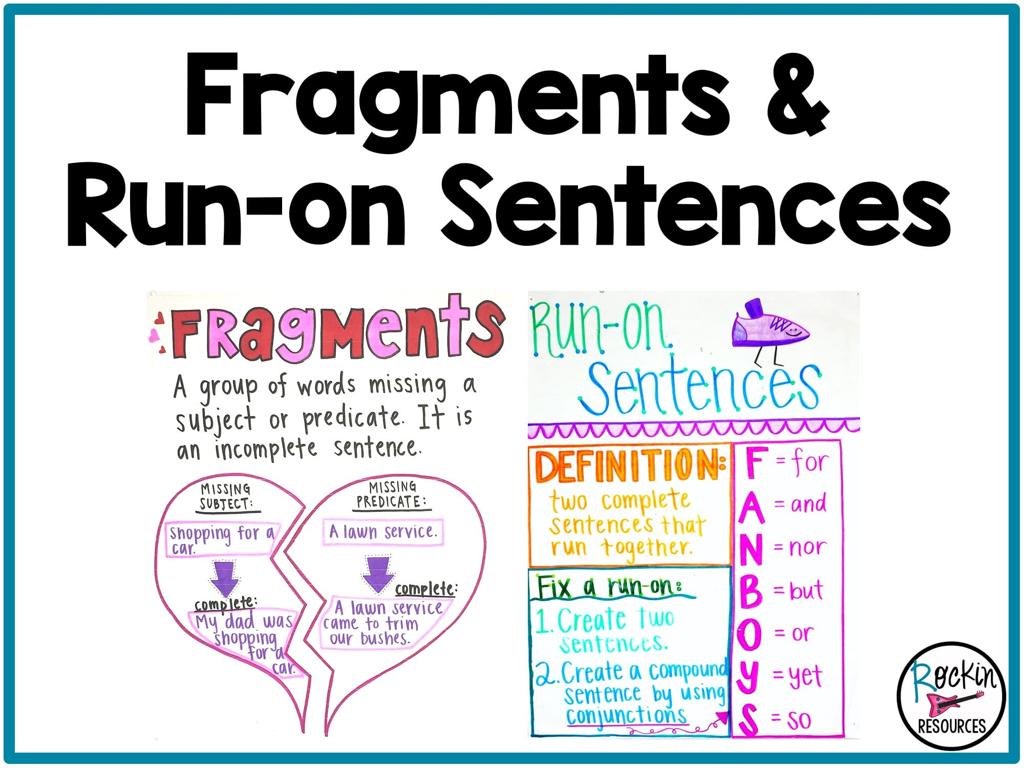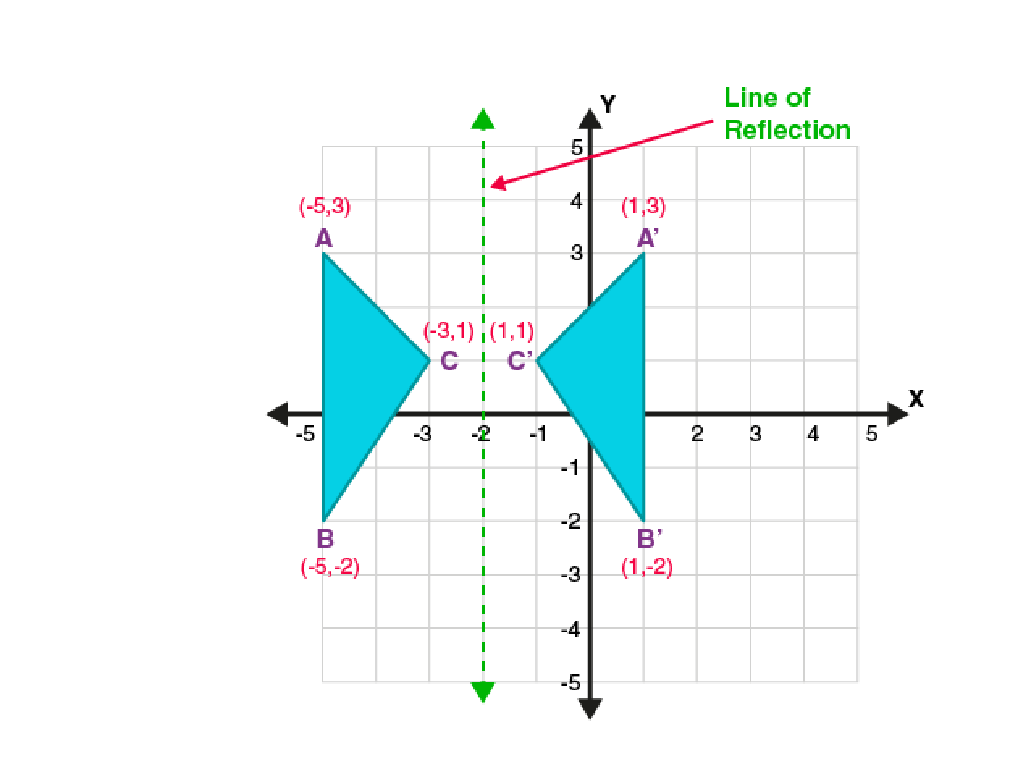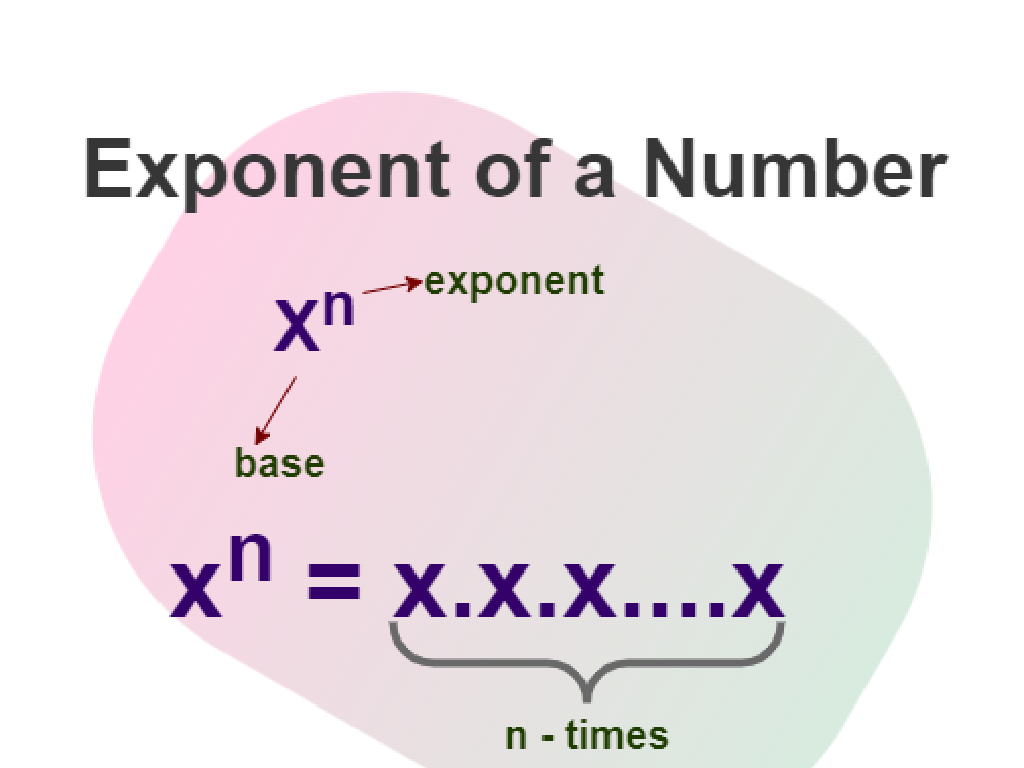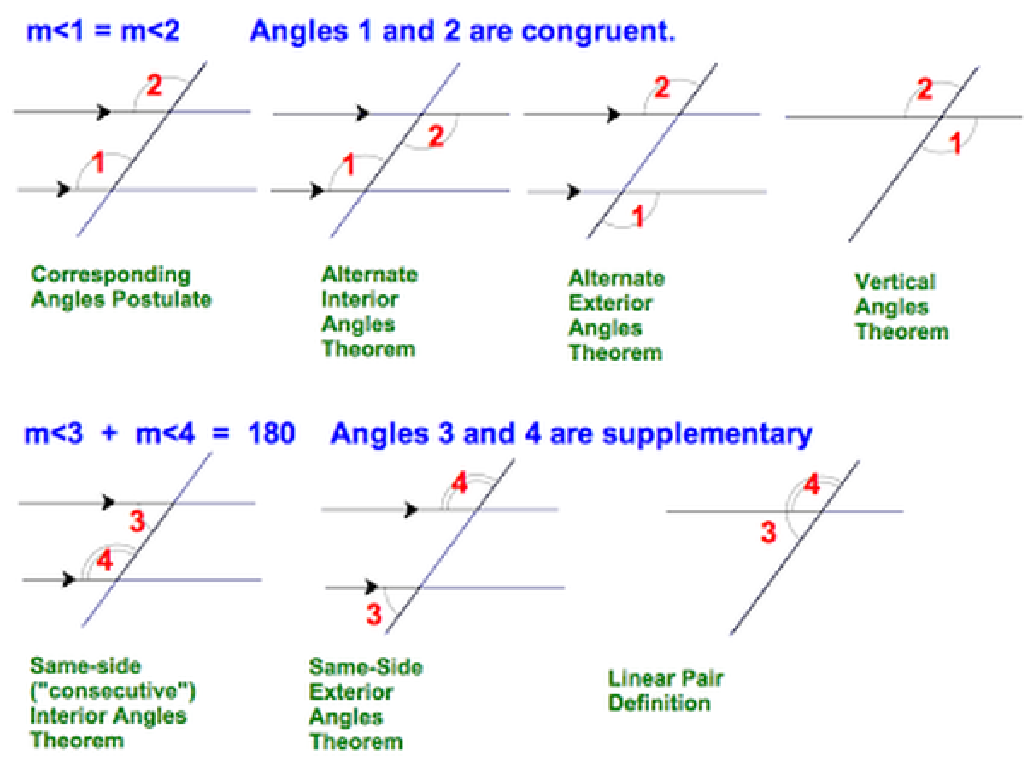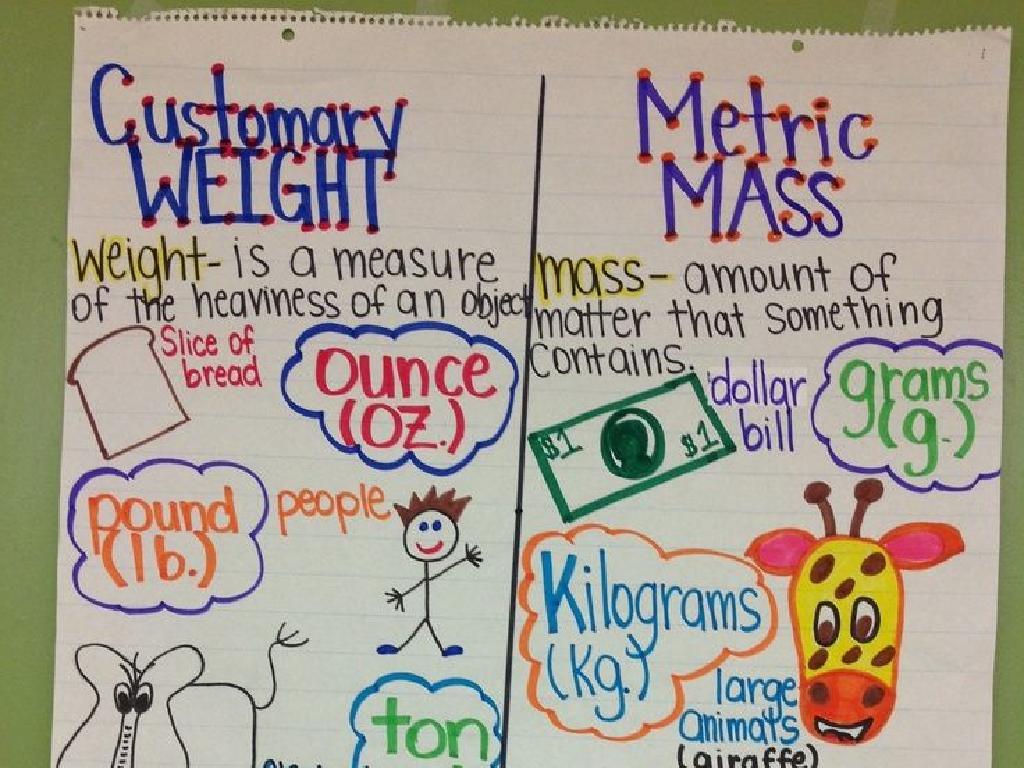Is It A Phrase Or A Clause?
Subject: Language arts
Grade: Seventh grade
Topic: Phrases And Clauses
Please LOG IN to download the presentation. Access is available to registered users only.
View More Content
Understanding Phrases vs. Clauses
– Define phrases and clauses
– Phrases are groups of words without a subject-verb pair.
– Differentiate between phrases and clauses
– Clauses have a subject and verb, can be independent or dependent.
– Explore why distinctions matter
– Knowing the difference improves writing and comprehension skills.
– Practice identifying each
– We’ll look at examples to identify phrases and clauses.
|
This slide introduces the fundamental components of sentence structure: phrases and clauses. Begin by defining a phrase as a group of words that act as a single part of speech but do not contain both a subject and a predicate. Then, explain that a clause includes both a subject and a predicate and can be independent (forming a complete sentence) or dependent (cannot stand alone). Emphasize the importance of distinguishing between the two, as it is crucial for understanding sentence construction, punctuation, and overall writing clarity. Engage students with examples and exercises to practice identifying phrases and clauses in sentences. This will help them become more effective writers and communicators.
Exploring Phrases
– Define a phrase
– A phrase is a group of words without a subject-verb pair.
– Phrase usage examples
– ‘Under the weather’, ‘after the party’, ‘beside the point’
– Phrase identification
– Find phrases in a sentence: ‘The cat on the mat purrs loudly.’
– Practice with phrases
|
This slide introduces the concept of a phrase to the students. Begin by defining a phrase as a collection of words that act as a unit but do not contain a subject and a verb pair. Provide common examples of phrases that they might encounter in everyday language or literature. Teach students how to identify phrases within sentences by looking for groups of words that add information but do not form a complete thought. Encourage students to practice by identifying phrases in sentences from books or their writing. This will help them understand how phrases function within the larger structure of a sentence.
Understanding Clauses
– Define a clause
– A clause is a group of words with a subject and a verb.
– Independent vs. Dependent
– Independent can stand alone; dependent cannot.
– Examples of clauses
– ‘She dances’ (independent), ‘because she feels happy’ (dependent).
|
This slide aims to clarify the concept of a clause for seventh graders. Begin by defining a clause as a group of words that contains both a subject and a verb. Highlight the distinction between independent clauses, which can stand alone as a sentence, and dependent clauses, which cannot. Provide clear examples to illustrate the difference. For instance, ‘She dances’ is an independent clause that can be a complete sentence, while ‘because she feels happy’ is a dependent clause that needs to be connected to an independent clause. Encourage students to create their own examples and to identify clauses in sentences as a class activity.
Comparing Phrases and Clauses
– Similarities and differences
– Both are groups of words, but clauses have a subject and verb; phrases do not.
– Identifying phrases vs. clauses
– A phrase is a group of words without a subject-verb pair, while a clause includes both.
– Practice with examples
– ‘Under the tree’ (phrase) vs. ‘She sits under the tree’ (clause).
– Tips for distinction
– Look for the subject-verb pair to identify clauses; absence indicates a phrase.
|
This slide aims to help students understand the fundamental differences between phrases and clauses, which are both essential components of sentences. Emphasize that while both are groups of words, clauses must contain a subject and a predicate, whereas phrases do not. Provide clear examples to illustrate the difference, and engage students with practice exercises where they identify phrases and clauses in sentences. Offer tips such as looking for the subject-verb pair to determine if the group of words is a clause. Encourage students to explain their reasoning during practice to reinforce their understanding.
Let’s Practice: Phrases vs. Clauses
– Engage with interactive examples
– Group activity on phrases and clauses
– Work in groups to identify phrases and clauses in sentences
– Discuss findings with the class
– Share your group’s examples with the class
– Understand the differences clearly
– Clarify any confusion between phrases and clauses
|
This slide is designed for an interactive class activity to reinforce the lesson on phrases and clauses. Begin with some interactive examples that students can solve together, which will serve as a warm-up. Then, move on to the group activity where students will collaborate to identify phrases and clauses in given sentences. After the activity, bring the class together for a discussion to share their findings. This will help students learn from each other and clear up any misunderstandings. Encourage participation from all groups and provide guidance as needed. The goal is for students to leave the class with a solid understanding of the difference between phrases and clauses.
Class Activity: Phrase or Clause Challenge
– Pair up and write 5 phrases
– Write 5 clauses with your partner
– Swap examples with another pair
– Identify phrases and clauses together
|
This activity is designed to reinforce the students’ understanding of phrases and clauses. Have the students work in pairs to come up with examples of phrases (a group of words without a subject-verb pair) and clauses (a group of words with a subject-verb pair that may or may not stand alone as a complete thought). After writing their examples, they will exchange their sentences with another pair to identify whether each example is a phrase or a clause. This peer review process encourages collaboration and critical thinking. Conclude the activity by reviewing the answers as a class to ensure understanding and clarify any misconceptions. Possible phrases: ‘under the bed’, ‘after the party’. Possible clauses: ‘because she was late’, ‘if the weather is nice’.
Wrapping Up: Phrases vs. Clauses
– Recap of phrases and clauses
– Significance of phrases and clauses
– Homework: 10 sentence analysis
– Write 10 sentences. Underline phrases, circle clauses.
– Practice makes perfect
– Reinforce today’s lesson by identifying parts of sentences.
|
As we conclude today’s lesson, it’s crucial to review the key differences between phrases and clauses. Understanding these components is essential for mastering sentence structure and improving writing skills. For homework, students will write 10 original sentences and identify the phrases and clauses within them. This exercise will help solidify their understanding by applying the concepts learned in class. Encourage creativity in sentence construction and remind students that the goal is to recognize the role of each part of the sentence. In the next class, we’ll review some of the sentences to discuss common challenges and celebrate successes.

